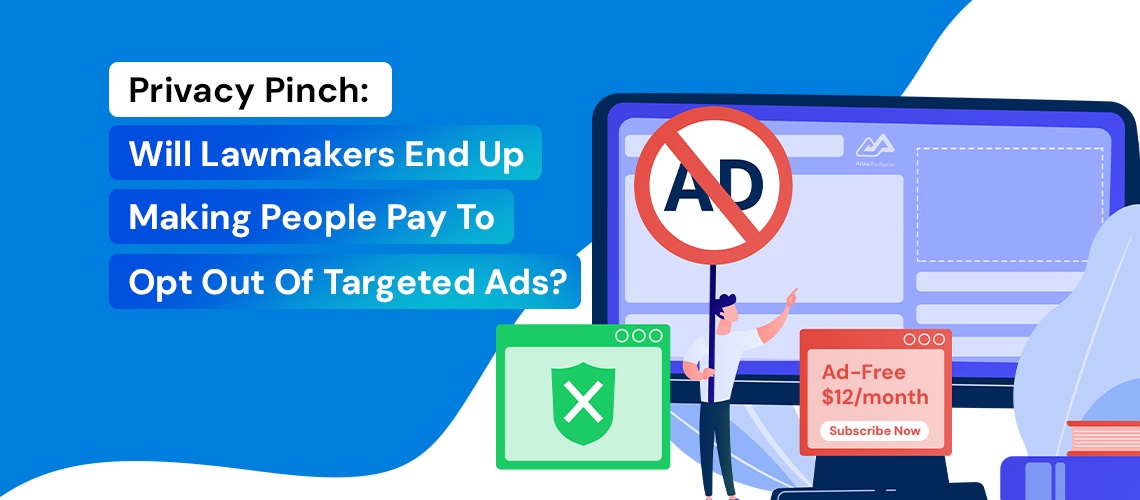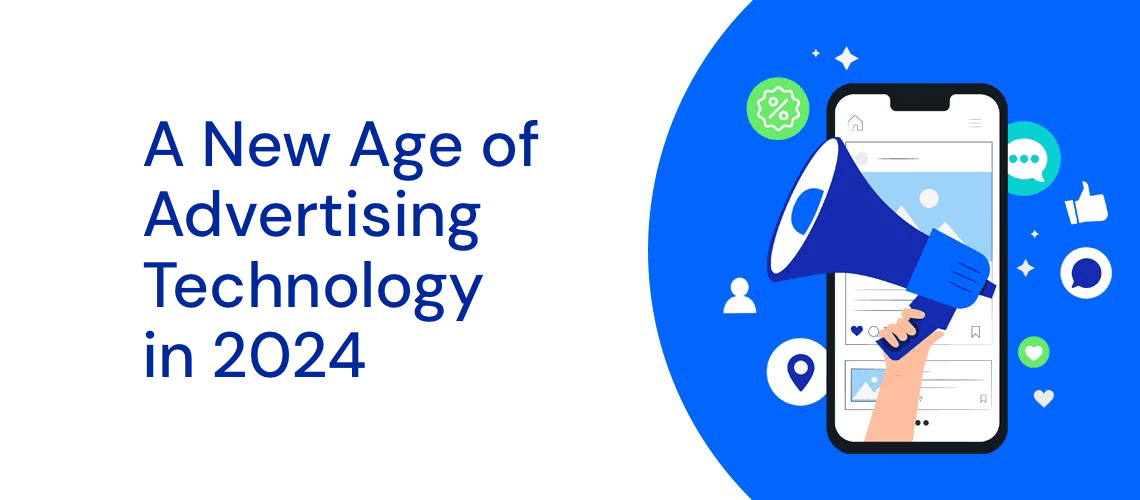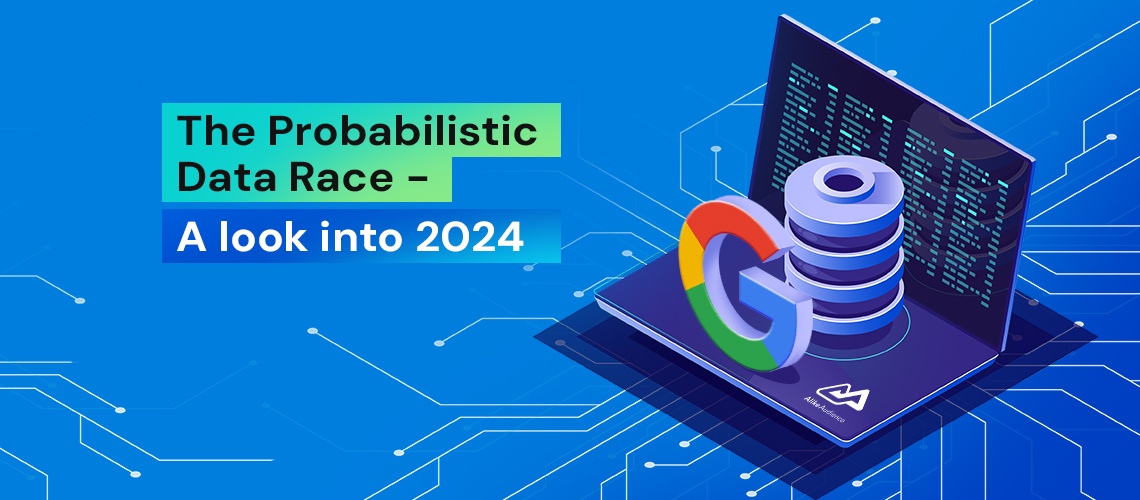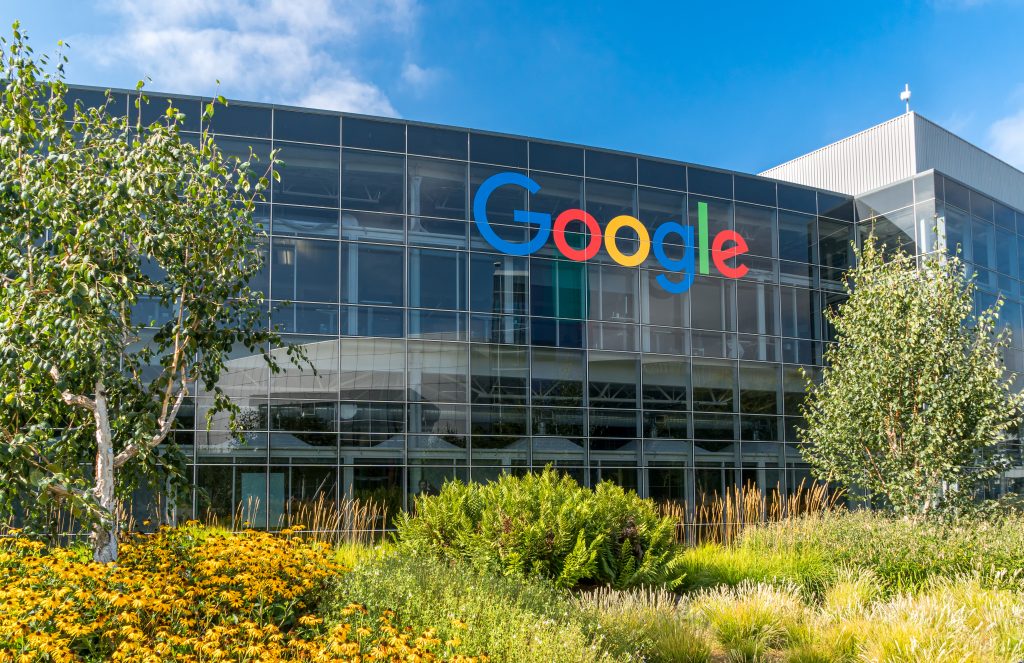
Privacy Pinch: Will Lawmakers End Up Making People Pay to Opt Out of Targeted Ads?
November 7, 2023
A New Age of Advertising Technology in 2024
December 27, 2023
By this time next year, the twenty five year history of ad tracking on the desktop via cookie drops will be over.
Google is shifting all Chrome-based cookie tracking into the Privacy Sandbox, a system of anonymized ad targeting collected around its own web taxonomy of users, Topics.
The rest of the open web digital advertising players have to embrace Google's moves, or miss out on the largest category of desktop Internet users, the Chrome desktop market.
That's why, in the past few years, the market for digital identity solutions swelled to more than eighty players in order to be able to provide personalized and anonymized digital advertising. Not only do marketers and advertisers on the desktop web have to prepare for a cookieless era, they have to navigate new privacy rules.
In the next year or so, the deterministic advertising web will be replaced by a probabilistic world, whereby advertisers will have to rely on their technology partners to meld a myriad of solutions together in order to reach the right addressable digital audiences. Otherwise, they are flying blind, notes top mobile ad analyst Eric Seufert.
Next year will likely see the emergence of a three tier digital ad market - those brands that have already embraced the new era of addressability, a collection of advertisers that have dipped their toes into the water and commenced experimentation with new cookieless solutions, and the advertisers that will leave it to the last minute.
A new era for Google

Because Google owns the Internet, they are setting the rules via their Privacy Sandbox, and its interest-based advertising taxonomy, Topics. That will extend to the way publishers work with advertisers to deliver cross-site tracking, the practice whereby other advertisers, businesses, and other digital agencies and entities track online activity to monitor browsing habits. In an October 11 blog, Google noted that because cross-site cookies have been a critical part of the web for over a quarter of a century, any changes are complex, and require a coordinated and incremental approach.
For that reason, Google is taking a slow, phased approach, and not a big bang removal of their Chrome cookie.
“If your site uses third-party cookies it's time to take action as we approach their deprecation. Chrome plans to disable third-party cookies for 1% of users from Q1 2024 to facilitate testing, and then ramp up to 100% of users from Q3 2024,” Google said. “Our goal with the Privacy Sandbox is to reduce cross-site tracking while still enabling the functionality that keeps online content and services freely accessible by everyone. Deprecating and removing third-party cookies encapsulates the challenge, as they enable critical functionality across sign-in, fraud protection, advertising, and generally the ability to embed rich, third-party content in your sites—but at the same time they're also the key enablers of cross-site tracking.”
Since January 2022, when Google dumped its initial cookie replacement scheme FLOC, many observers have been skeptical about Google’s timetable to retire the Chrome browser cookie. Now it’s set in concrete, as Google explains: “ From the start of 2024, you can expect to see an increased portion of Chrome users on your site with third-party cookies disabled even if you are not actively participating in the Chrome-facilitated testing. This testing period continues through to Q3 2024 …[when] we plan to begin disabling third-party cookies for all Chrome users.”
However, the market, comprising brands and advertisers, are not acting with haste. Most industries still use cookies in the majority of their programmatic ad buying process, according to data from 33Across. Insurance is the outlier, with half of its buys coming from cookies and half coming from cookie alternatives.
Despite Google’s firm insistence that cookies are on the way out, advertisers have been slow to adopt cookie alternatives, said Insider Intelligence analyst Evelyn Mitchell-Wolf on a recent webinar. “But it seems to me like we’ve passed a point of no return,” she said. “I think by this time next year, third-party cookies will be no more.”
The rise of contextual targeting
Contextual targeting is the most popular alternative to tracking and targeting consumers in a post-cookie world for programmatic ad buys, according to an October 2022 survey by the CMO Council. But many different methods will need to be employed by advertisers to replace the effectiveness of third-party cookies, said Mitchell-Wolf.
Google still has to prove to the digital media buying community that its Topics scheme will be as effective as cookies, in performance and conversion. Early tests released publicly this year failed to convince advertisers. This follows Google’s claim in 2021 that its then FLOC scheme would provide at least 95% of the conversions per dollar spent when compared to cookie-based advertising.
Cookies have played a pivotal role in a massive digital economy and enabled a swathe of ad tech companies to thrive. But the transition to a new system is well underway as explained by Joe Root, CEO of UK-based Permutive, and the old ways of ad targeting will soon be out of favor.
“The digital advertising system is in the midst of a shift, from an over-reliance on collecting vast amounts of data to crunch to do one-to-one targeting – dog owners getting dog food ads, cat owners get cat food ads – to a new landscape that gives people more say on data collection and pushes advertisers and ad tech companies to operate differently, said Joe Root, CEO of UK-based Permutive.
Ad platform Trendi also believes contextual advertising will undergo a full renaissance and swing back into favor, only equalled by first party data collected directly from consumers, and retail media, which is closest to the point of purchase. The company believes contextual advertising will be the clear winner, because of its efficiency: it can quickly inspire and collapse the marketing funnel, from awareness to consideration and potential conversion, and it drives commerce, and generates the potential for new audiences.
For sure, partnerships will be announced at a rapid rate in the next six months as advertising technology vendors, publishers, digital identity solutions partners, and ad platforms seek to gain a competitive advantage and win brand media budgets. Last month, Microsoft Advertising announced a partnership with identity solution specialist ID5, in which publishers will be provided the option to implement universal ID’s to manage the new cookieless landscape.
The new wave of artificial intelligence

Each player in the digital media ecosystem has their own unique set of priorities. Brands and publishers will more urgently press on with projects to ensure they are responsibly collecting first-party data, enabling them to be in a position to thrive in the new digital world. Brands want their digital ad campaigns to reach the right prospects, while publishers want to ensure their ad inventory is more valuable.
The breakthrough technology among all these scenarios could actually be artificial intelligence and machine learning, which promises to bolster audience data mechanisms, such as lookalike modeling. Media investment holding group GroupM predicts that by 2032, 90% of media will touch AI in one way or another. Software will once again, eat the world.
“Through analysis of demographics, browsing behavior and interactions, machine learning algorithms will fine-tune targeting approaches in real-time, resulting in improved programmatic ad purchases,” said Ravish Yadav, Founder & Director, Wiredus Media. Through this approach, marketers and advertisers can also determine which customers behave similarly to those in their intended audience.”
Cookies were for a long time an easy proxy to understand consumer behavior online. For advertisers and agencies, and publisher partners, it will be complex and arduous work to target and identify and build new customers online.
